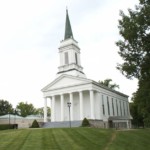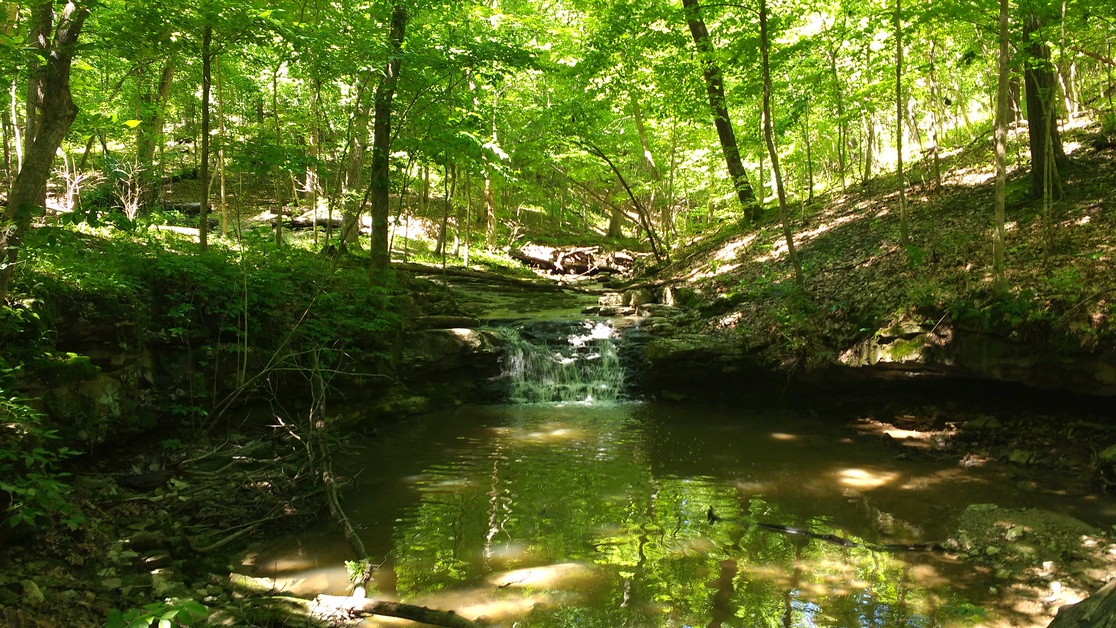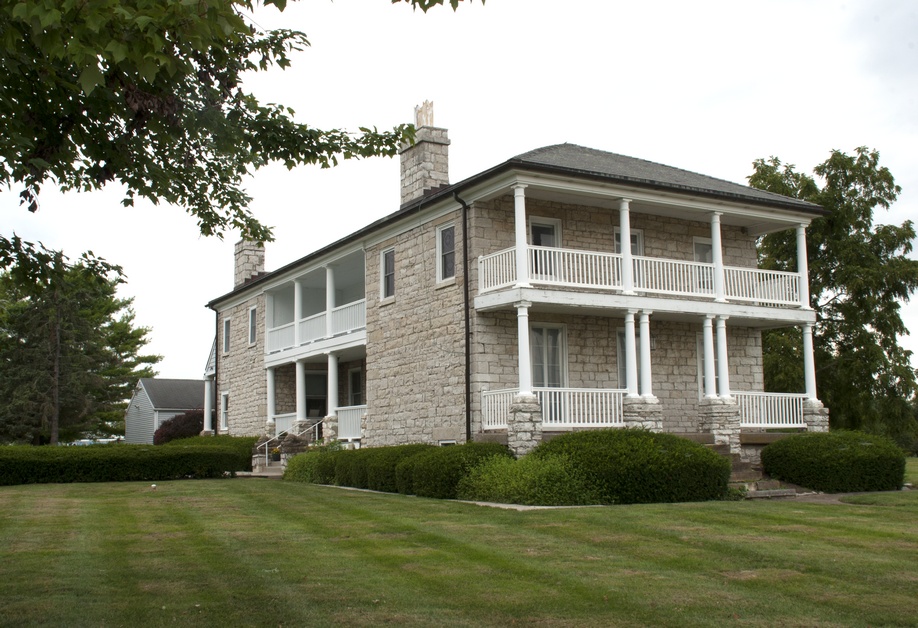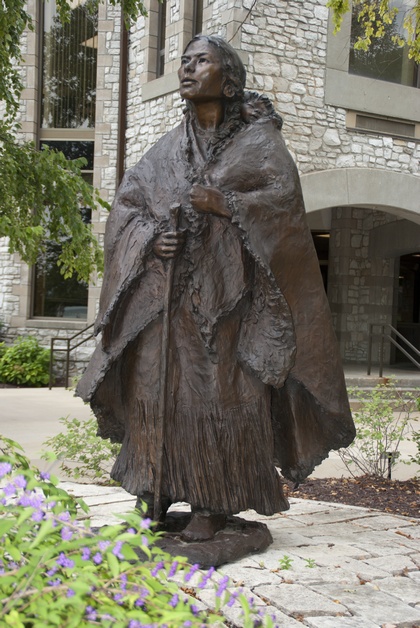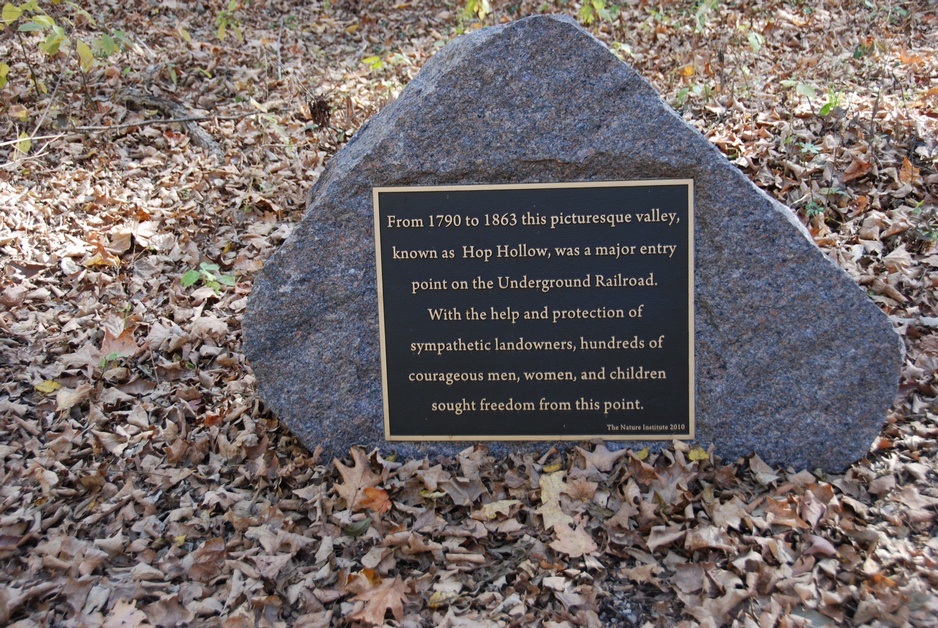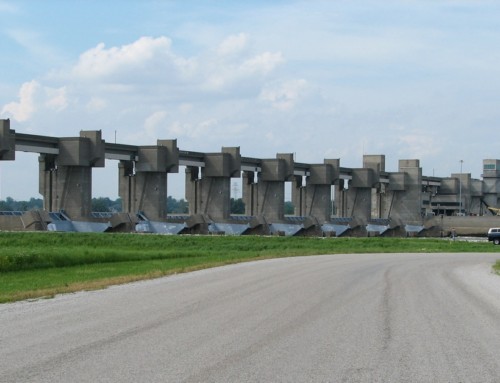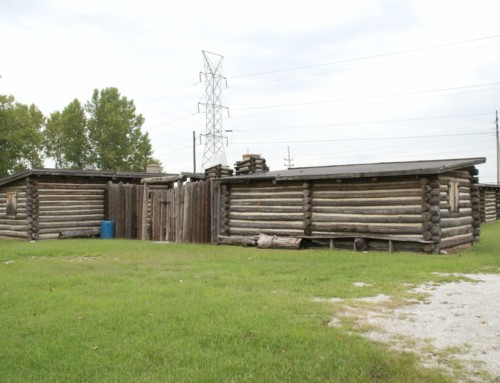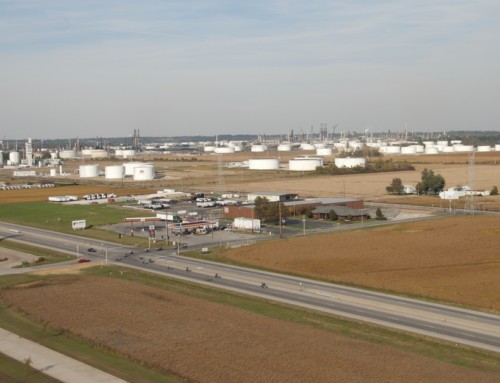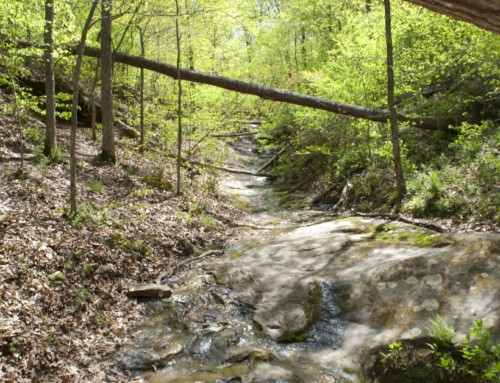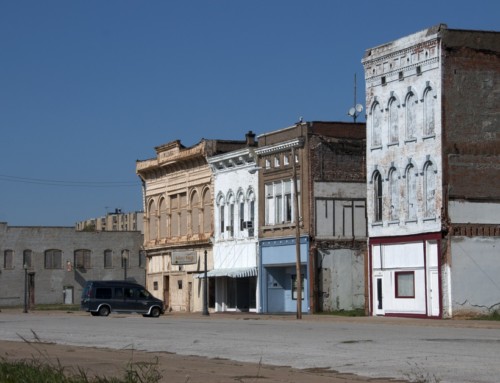Introduction
Godfrey is an old agricultural community that has grown far beyond its farming roots. The fields where inventive early settlers once conducted agricultural experiments are now covered with housing subdivisions and a growing college. Many of the town’s early historic sites are still around, though, and worth the time to visit.
Visitor Information
For information on Godfrey, check with Great Rivers & Routes (200 Piasa St.; 618.465.6676).
History
The town takes its name from one of its earliest residents, Captain Benjamin Godfrey. Born in Chatham, Massachusetts in 1794, Godfrey began a career at sea when he was just nine years old. He enlisted in the Navy in 1812 and by 1819, two years after marrying Harriet Cooper, won command of his first merchant ship. He made and lost a lot of money a couple of times before moving to Alton in 1832 as a wealthy man.
Life didn’t get a heck of a lot easier after the move. Benjamin went into business with Winthrop Gilman, an old friend from his days at sea. They ran a warehouse, shipping products (furs, food) from the area directly to New Orleans. In November of 1837, he let Elijah Lovejoy store his fourth printing press in the warehouse, which is where Lovejoy was killed by a pro-slavery mob on November 7. He also took a financial hit in the Panic of 1837.
Harriet died in 1838, leaving Benjamin to parent six daughters and two sons by himself (five of their children were under twelve years of age). About a year later, he married Rebecca Emeline Pettit; they would have three more children.
In 1838, Godfrey founded Monticello College and Preparatory School for Girls, because he had the radical idea that women were entitled to the same education as men. The college opened with a curriculum modeled after a program at Yale University. Students took classes that covered a broad range of topics, including geometry, philosophy, geology, chemistry, history, and music.
The college educated thousands of young women during its 130+ years. When it closed in 1971, the college sold its campus to Lewis and Clark Community College, which opened the following year. The former Monticello College used the proceeds from the sale to create the Monticello College Foundation, which now offers college scholarships to women instead of teaching them directly.
Benjamin Godfrey died on August 13, 1862. In addition to the college and the town that later carried his name, Benjamin also had a hand in getting the Alton & Sangamon Railroad on track. Still, during his life, Benjamin hinted that he felt ashamed of something from his younger days. There’s no record that he confided what he meant by that, but contemporary research revealed that he had captained several ships that transported enslaved Africans from Baltimore to New Orleans; between 1819 and 1822, he led eight such trips. Given the life he led after he moved to Illinois, one surrounded by many staunch abolitionists, it’s a good bet that he wasn’t proud of those trips.
A small village called Monticello developed around the women’s college, but local folks eventually started calling it Godfrey. The area remained primarily agricultural well into the 20th century; many of the early residents were migrants from the East Coast and strongly opposed to slavery. Several Godfrey residents were active in the Underground Railroad, especially those who lived around Rocky Fork and the current Warren Levis Boy Scout Camp.
Emil A. Riehl was another early resident who left a mark, primarily as an innovative horticulturalist. One of his breakthroughs was a hybrid chestnut that combined the size of the large Italian chestnut with the depth of flavor of the much smaller American chestnut. After a few years of experimenting, he grew the first successful hybrid chestnut in 1915; those chestnuts provided the Riehls a steady income, right through the tough years of the Great Depression.
Riehl was quite a tinkerer, too. He built a water tower for his house and connected it to a system of pipes that provided the Riehls with running water in their kitchen, a rarity at the time. He also designed a skiff for use on the Mississippi River that was far more maneuverable than the standard skiff of the day.
Emil Riehl also donated money to build a church, even though he wasn’t a church goer himself. He told folks that he “found communication with God through nature.”
Asparagus was a major crop in the Godfrey area for a while. One of the first to grow it was Theodore Nicholas Droste, an immigrant from Westphalia. Other immigrants from Germany, Louis Stiritz and his cousin John Gottleib Stiritz, brought grapevines from their home region in the Nekar River valley and planted them at Clifton Terrace. They built stone terraces from 1852 to 1865 to support their grapevines, some of which are still visible (in Clifton Terrace Park).
Clifton Terrace was a tourist draw for a few decades, with folks arriving on steamboats to drink wine, eat hearty meals, and enjoy the river views and a good swim. The town had two competing hotels early on. One burned down in the early 1900s, while the other burned down in 1959. Clifton Terrace is now part of Godfrey.
Godfrey also had an emergency landing strip for the air mail route between St. Louis and Chicago. In the mid-1920s, one of the pilots was a young Charles Lindbergh. Along with a beacon, the site had a little shack stocked with supplies like oil and gas, plus a telephone.
Godfrey didn’t incorporate until 1991. The first mayor was Lars Hoffman, a political science professor at Lewis and Clark College. During his two terms, he helped organize the city’s new government and positioned it to take advantage of its location along the Great River Road. The city today spreads out over 37 square miles, the second largest city in Illinois (by area).
Exploring the Area
Benjamin Godfrey founded Monticello College and Preparatory School for Girls in 1838. That former campus is now home to Lewis and Clark Community College (5800 Godfrey Rd.), but several sites related to Monticello still exist.
- The majestic Benjamin Godfrey Chapel dates to 1854. The Greek Revival building, a style that was popular in New England when Godfrey lived there, has served as a chapel for the college and a Congregational Church. It can seat up to 500 people. The building was moved in 1991 from its original location across the street to the current on-campus location.
- The Monticello College Foundation is housed in an Italianate building known as the Evergreens that was built in 1856 as housing for the college president.
- The campus also has a statue of Sacajawea.
Further down the road, the original Godfrey Mansion (6722 Godfrey Rd.), built in 1831, is still standing. Godfrey bought it in 1834 from Captain Calvin Riley and enlarged it. It’s an impressive Greek Revival structure, with thick imestone walls, impressive balconies, and fourteen rooms.
The little supply shack that Charles Lindbergh visited a few times has been moved from its original location at the northern end of Airport Road (the site now has a Walmart Supercenter) to a new home near Godfrey Village Hall (6810 Godfrey Rd.); it was restored in 2001.
Hoffman Gardens at Great Rivers Park is a memorial to the village’s first mayor, Lars Hoffman, who died in 2005; it is along Highway 100 about 2 1/2 miles north of Alton (next to the office for Great Rivers Land Trust).
Clifton Terrace Park (3216 McAdams Pkwy.) is a nice spot to sit and watch the river flow; the stone walls are remnants of the vineyard terraces built by cousins Louis and John Gottleib Stiritz in the mid-1800s.
Sports & Recreation
AUTHOR’S PICK: The Nature Institute’s Olin Nature Preserve (2213 S. Levis Lane; 618.466.9930) offer hiking trails along densely wooded creeks and through restored fields of Midwestern prairie.
The Sam Vadalabene Bike Trail passes through Godfrey running parallel to the Great River Road.
**Godfrey is covered in Road Tripping Along the Great River Road, Vol. 1. Click the link above for more. Disclosure: This website may be compensated for linking to other sites or for sales of products we link to.
Entertainment and Events
Check out the performance schedule at Hatheway Cultural Center (618.468.4222) at Godfrey’s Lewis & Clark Community College.
Where to Eat and Drink
The Clifton Country Inn and Bake Shop (3015 W. Delmar; 618.466.1020) has the feel of a small-town diner; reasonably-priced breakfasts and pies are the specialties.
Josephine’s Tea Room and Gift Shops (6109 Godfrey Rd.; 618.466.7796) occupies a couple of buildings that were once part of Monticello College. The delightful Tea Room (open M-Sa) serves satisfying lunches of fresh soups, sandwiches, and salads (save room for pie!), so you can fuel up before making your way through the adjacent gift shops.
Resources
- Post Office: 400 Tolle Ln.
Community-supported writing
If you like the content at the Mississippi Valley Traveler, please consider showing your support by making a one-time contribution or by subscribing through Patreon. Book sales don’t fully cover my costs, and I don’t have deep corporate pockets bankrolling my work. I’m a freelance writer bringing you stories about life along the Mississippi River. I need your help to keep this going. Every dollar you contribute makes it possible for me to continue sharing stories about America’s Greatest River!
Godfrey Photographs
©Dean Klinkenberg, 2018
